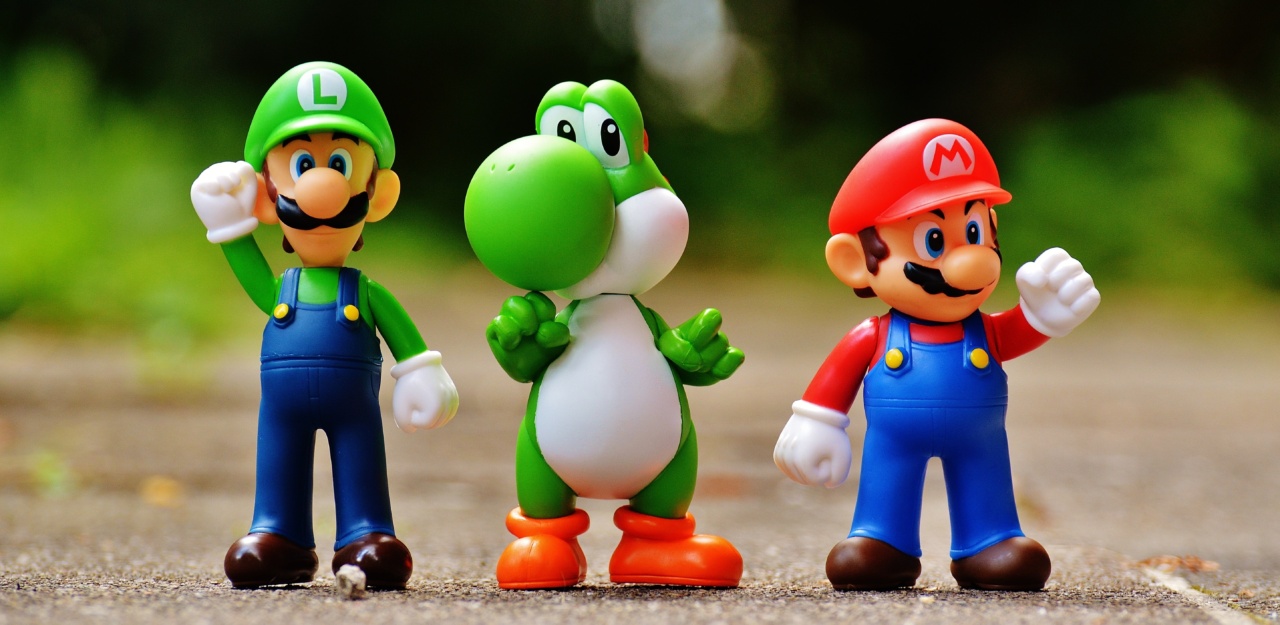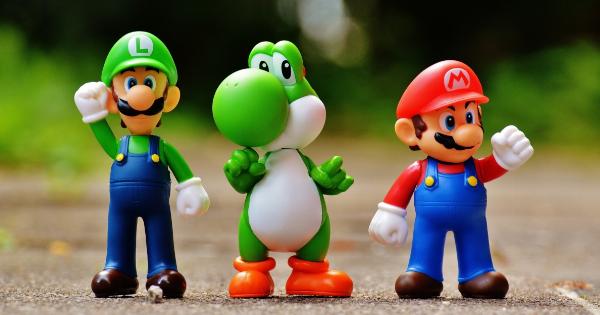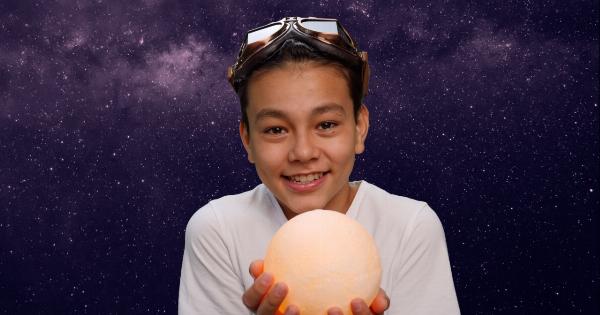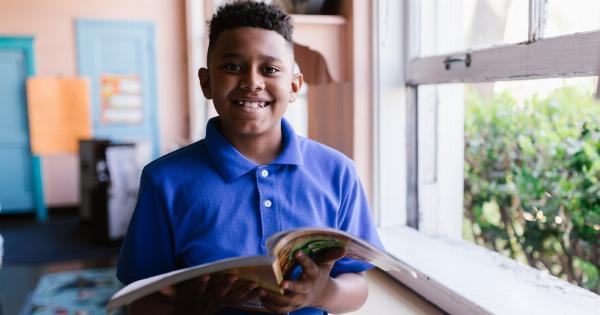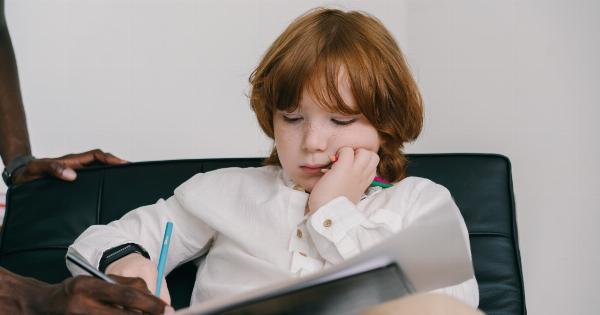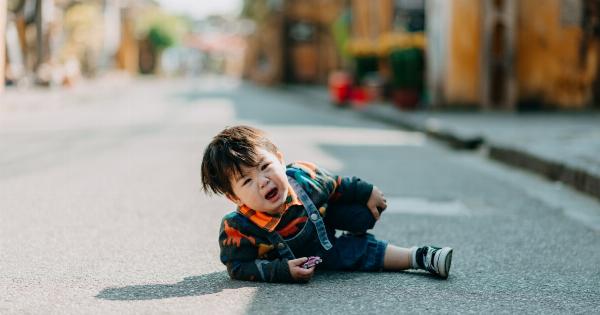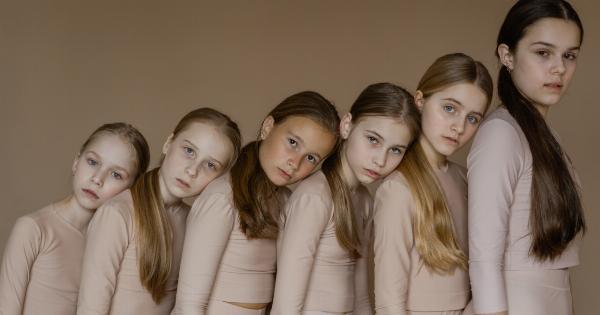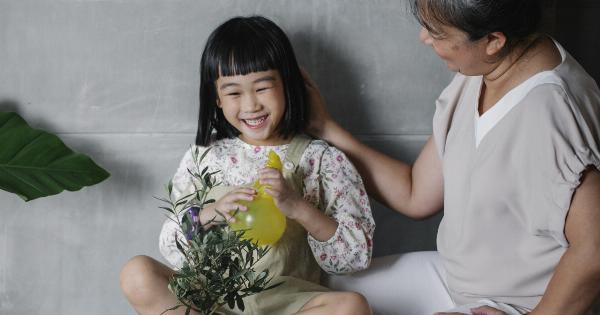Throughout history, figures have played a significant role in the development and education of children. From toys and games to mathematical concepts and the arts, figures hold a special place in a child’s imagination, learning, and growth.
In this article, we will explore the significance of figures in childhood development and how they impact children in various ways.
Figures in Play and Imagination
From the earliest age, children learn through play. Figures are an essential part of this learning process, providing a tangible representation of characters and concepts from their favorite stories, movies, and games.
Figures also play a vital role in developing a child’s imagination. They allow them to create new worlds and characters, making connections and developing their creativity and problem-solving skills.
Mathematical Concepts and Figures
Figures play a significant role in the development of mathematical concepts such as counting, sorting, and recognizing shapes. By using physical objects, such as blocks or puzzles, children can better understand mathematical concepts in a tangible way.
Figures such as animals, shapes, and numbers can also be used to make learning math fun and engaging for children.
Learning Through Storytelling and Figures
Storytelling is an integral part of a child’s learning and growth. Figures can help to create a story and bring it to life, making it more engaging and memorable for a child.
Figures can be used to represent characters in the story, allowing children to connect with them on a deeper level and develop empathy and emotional intelligence.
Figures in Art and Creativity
Figures play a vital role in the arts, including painting, sculpture, and drawing. They are often used to represent human or animal form, making them an integral part of the creative process.
As children explore their own creativity, figures can help to inspire their imagination and develop their artistic skills.
The Role of Technology in Figures and Children
Technology has opened up new opportunities for figures to impact childhood development.
Augmented reality and virtual reality technology have made it possible to take traditional figures to new heights, providing a fully immersive experience for children. Digital figures in games and educational software have also made it easier to incorporate figures into a child’s education and learning.
Gender and Figures in Childhood Development
Gender has played a significant role in the representation of figures in childhood development. Historically, action figures and other toys were predominantly marketed towards boys, while dolls were marketed towards girls.
However, this has begun to change in recent years, with more gender-neutral toys and figures available to children. This shift towards inclusivity is beneficial to all children, allowing them to explore and understand a wider range of emotions and experiences.
Figures and Cultural Representation
Cultural representation in figures is also important in childhood development. Children can learn about different cultures and traditions through figures, developing empathy and understanding towards people from different backgrounds.
It can also promote diversity and inclusivity, ensuring that all children feel represented and valued.
The Importance of Play in Childhood Development
Play is an essential part of childhood development, providing opportunities for children to learn and grow in various ways.
Figures play a crucial role in this process, allowing children to explore and develop their creativity, imagination, emotional intelligence, and cognitive skills. It is essential that play and the use of figures are encouraged and supported in a child’s life to ensure their healthy development and growth.
The Future of Figures and Childhood Development
The role of figures in childhood development will undoubtedly continue to evolve as new technologies emerge and society changes.
However, their significance in a child’s learning and growth is undeniable, providing opportunities for creativity, empathy, and understanding. The future of figures in childhood development is bright, and it will be exciting to see how they continue to impact children in new and innovative ways.
